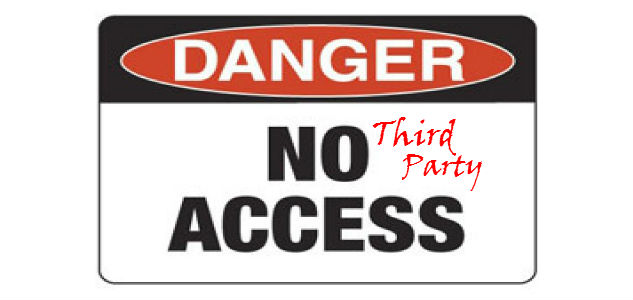
Third Party Candidates Struggle as Major Parties in Successful Suppression of Their Natural Rights | Democracy, elections and voting at Democracy Chronicles
by Wikinews
August 11, 2012
Third party presidential candidates are often excluded from most presidential preference polls. However, because of the criteria of the Commission on Presidential Debates, strong showings in polls are critical for third party candidates to effectively communicate their message to voters. In addition to the constitutional requirements to be president and the attainment of enough ballot access to potentially win the election, the Commission requires a 15 percent average in five nationwide polls to participate in October’s three presidential debates. Since these rules were adopted in 2000, no third party candidate has been invited to the debates due to the inability to meet the polling standard.
In early July, for the first time in this election cycle, Gallup released a national poll that included the three third party presidential nominees with the most ballot access. In addition to Romney and Obama, who registered 40 and 47 percent, respectively, the poll gauged three percent support for the Libertarian Party presidential nominee, former New Mexico governor Gary Johnson; one percent for Green Party presidential nominee Jill Stein; and less than half a percentage point for the Constitution Party presidential nominee, former Congressman Virgil Goode.
According to Communication Specialist Alyssa Brown, the Gallup organization uses “editorial judgment…including assessments of news coverage of third party and independent candidates” to determine whether or not to include certain candidates. Brown says her firm also measures inclusion through the interpretation of “responses to open-ended vote preference questions…[and] name identification of third party candidates.”
Two other polling firms have included just Johnson in their nationwide polls for a three-way race: an April Public Policy Polling survey showed him with six percent support, and a July JZ Analytics poll found a five percent backing. JZ Analytics Senior Analyst John Zogby says that third party candidates are included in polls usually to see how they affect the race between the two main candidates. His firm added Johnson because “libertarianism appears to be growing in support among young people…[and] we wonder if he can be a factor.”
Zogby says that additional candidates will likely be included as the election draws nearer. When asked why JZ Analytics does not simply include all ballot-qualified candidates on a state-by-state basis, he gave three reasons: expense from the time taken to read all the names; questions on how to deal with candidates that appear multiple times on the ballot; and the lack of any significant support for certain candidates, which provide no useful data when applying the view that “the value of a poll is not to predict but to create accurate results that can be interpreted.”
Wikinews attempted unsuccessfully to contact other firms about their inclusion criteria for third party candidates. Despite his inclusion in some polls, Johnson does not believe it is enough. He feels that because “only three polling organizations out of 18 are including my name,” debate participation looks to be a nearly insurmountable task. However, he clings to the hope that if he can qualify for the debates, he can possibly win the election. Another kind of poll may assist that goal.
Statewide polls, which measure voter support in individual states, do not count toward the average for the presidential debate qualification; but polling high enough in them could significantly improve a third party candidate’s chances.
Russ Verney, who worked on the 1992 presidential campaign of the last third party candidate to appear at the presidential debates, industrialist Ross Perot, and who later served as the campaign manager for 2008 Libertarian Party presidential nominee Bob Barr, says the Barr campaign’s ideal strategy was to utilize local media in western states that were already “predisposed to Libertarian viewpoints” to work to improve statewide polling above 20 percent. Though this was never implemented due to low campaign funds, Verney believes it could have created a national news story that would have boosted the campaign’s national profile and exposure, perhaps improving the showings in national polls, and like Perot, leading to debate inclusion.
Though third party inclusion in statewide polls remains infrequent, such polls often reflect broader support. For example, in his homestate of Virginia, Virgil Goode has nine percent support in a July Public Policy Polling survey, substantially more than his national average. Jill Stein tripled her national standing with three percent in her home state of Massachusetts in a late June Public Policy Polling poll.
Nevertheless, no other third party candidate is faring as well as Johnson in multiple states: a July poll from Public Policy Polling showed him with 13 percent in his homestate of New Mexico (down from 23 percent in December); he stood at nine percent in Arizona in May; and had an eight percent backing in Montana during the same month. These showings in western states are significantly better than Johnson’s national showings. Since his campaign, unlike the 2008 Barr campaign, has access to federal funding, Johnson could possibly employ the Verney strategy, and improve his chances.
Also see our entire section on third parties called Third Party Central where you can find information on every small party in the country.
Leave a Reply